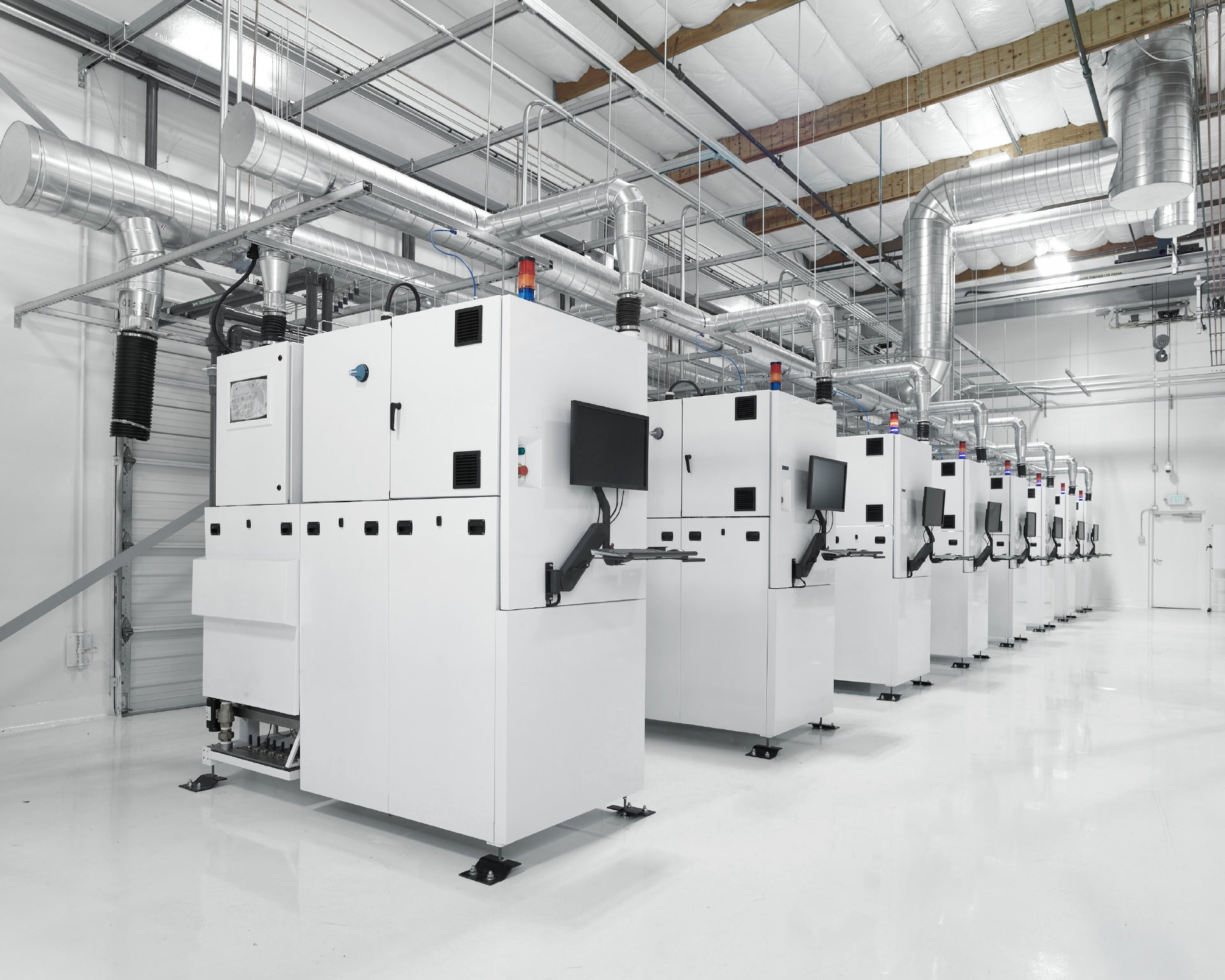Diamonds have always created a fascination with people like no other gemstone. Therefore, it is not surprising that since the 18th century, people have tried to artificially recreate diamonds. However, it took until the middle of the 20th century for one of these attempts to be demonstrably successful. In our last blog post we already dealt with the history of the diamond trade in general, in this article we now want to go into the history of lab diamonds in particular.
The foundation for the production of diamonds in the laboratory was laid in 1772, when it was discovered that diamonds are made of pure carbon. Based on this discovery, research began into artificial diamond production. From the 1880s through the 1940s, there were repeated claims by various scientists that they had finally achieved a breakthrough in diamond manufacturing. However, the first proven creation of a diamond in the laboratory did not occur until 1953.
Two successful research projects
After World War II, there were two different research teams working to make diamond production possible in the laboratory. However, neither of the research teams knew about the other's project.
In 1953, the Swedish electrical equipment manufacturer ASEA was the first to succeed in artificially producing a diamond. However, this success did not become known until years later because the research was kept under wraps. ASEA established a temperature of 2400°C at a pressure of about 8.4GPa in a high-pressure apparatus and maintained these conditions for about one hour. Thus, the HPHT process produced the first small diamonds, although they were far from gem quality. If you would like to learn more about how the different methods of diamond production work, feel free to read our blog post on the subject here.
At the same time, research into the production of diamonds was also being carried out in England. As early as 1941, this project was launched with the participation of the General Electric company, but had to be interrupted for a longer period soon after because of the Second World War. In 1951, the project was resumed. In the following years, General Electric made various improvements to the technology used, including the diamond stamp cells and the press, with the significant participation of chemist Tracy Hall. Hall thus succeeded in developing the first (known) reproducible process for the production of diamonds, as ASEA's success became known only after General Electric's.
For the jewelry industry laboratory diamonds still remained insignificant
It took until the 1970s for the manufacturing process to mature to the point where the diamonds produced were visually similar to naturally formed diamonds. The first laboratory diamonds were used primarily for industrial purposes, such as cutting, grinding or polishing. In 1971, General Electric announced that it had succeeded in producing gem-quality laboratory diamonds for the first time. The diamonds were then examined by the GIA, with the result that large inclusions were visible in each one under the microscope. The stones weighed between 0.26 and 0.30 carats and had color grades between J and F.
While the HPHT method mimics 1:1 the conditions under which diamonds are also formed in nature, the CVD method makes use of chemical vapor deposition by further developing the manufacturing process. This method has been intensively researched worldwide, especially since the 1980s, and is more suitable for the production of higher carat weights. In addition, higher quality is possible in the production with the CVD method, which is why this method is especially used in the production for the jewelry industry. Meanwhile, even gem-quality diamonds of up to 12 carats can be produced. The CVD method is generally more efficient and cost-effective, which is why it has now established itself as the preferred manufacturing method for many producers.
Use in the jewelry industry only in 00s and 2010s
It was only in the last two decades that the production of lab diamonds became efficient enough to make it worthwhile for the jewelry industry in the first place. Since then, the number of lab diamond manufacturers has grown exponentially. The market share of lab diamonds is also steadily increasing and, according to some predictions, may soon exceed the market share of mined diamonds in the United States. Although no one can be sure exactly how the market for lab diamonds will develop, the forecasts look very positive.
One negative development that unfortunately emerged along with lab-grown diamonds is greenwashing. Many manufacturers started promoting their diamonds as "green" or as a "sustainable alternative" simply due to the fact that they were not mined. Such claims are not necessarily accurate, because even with lab-grown diamonds, sustainability is highly dependent on the production conditions of the particular manufacturer. This fact was pointed out, for example, by the NDC report published earlier this year, which set out to correct some common myths about lab diamonds. We have published a statement on this report in the DIAVON News, in which we take up the most important points of criticism of the NDC and take a stand on them. Even though the report contains justified criticism, some aspects were somewhat one-sided. You can read our statement here if you want to know more about sustainability and greenwashing problems in the lab diamond industry.
Image: Diamond Foundry Inc.



Share:
The history of the diamond trade